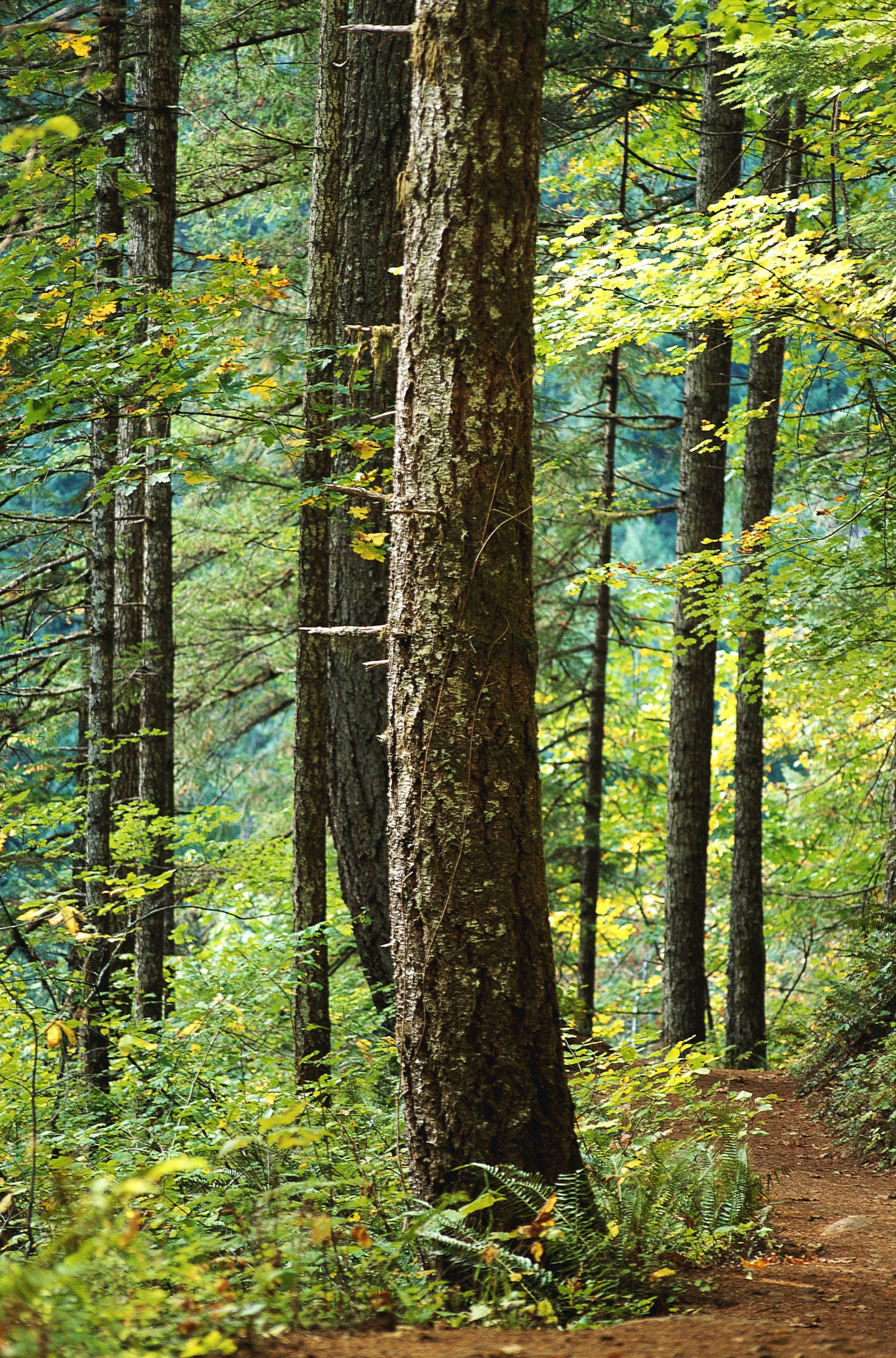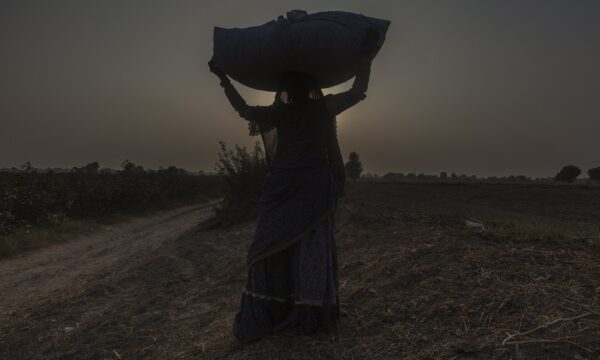Studies on ‘natural’ and ‘forced’ migration of forests threatened by climate change.
 A multi-European project trying to anticipate the effects of climate change on forests is taking shape. In parts of Europe, established forest trees are showing signs of vulnerability – such as drought stress – as their ‘climate niche’ changes. An ambitious long-term project hopes to work out which species will provide the best natural environments and commercial forestry prospects for the future.
A multi-European project trying to anticipate the effects of climate change on forests is taking shape. In parts of Europe, established forest trees are showing signs of vulnerability – such as drought stress – as their ‘climate niche’ changes. An ambitious long-term project hopes to work out which species will provide the best natural environments and commercial forestry prospects for the future.
Thousands of trees are being planted at 37 locations on the west Atlantic, covering a length of 1600 miles from the Azores to Scotland. Forest Research (part of the Forestry Commission), the UK partner in the ‘Reinforce’ project, is planting 30 species at various sites in England, Scotland and Wales. The species include familiar trees like English oak, Scots pine, silver birch and sweet chestnut as well as less usual species such as Atlas cedar and Macedonian, maritime and Monterey pines from the Mediterranean, Eastern Europe and California.
As to the time-scale of the project, growth data and responses to climatic variables like temperature and soil water will be collected and analysed regularly, but it could be 50 years before any meaningful data can be gathered for mature trees. With climate change now evident, there’s no time for delay…
Watch a video of the research on the BBC website.
The trial coincides with the findings of a 4-year survey of 15 coniferous species in 34 different ecoregions in western Canada and the USA(1,2). Remote sensing of large areas showed that a huge natural migration of trees has already started across much of the west due to global warming, insect attack, diseases and fire, and many tree species are projected to decline or die out in regions where they have been present for centuries, while others move in and replace them. Forests are reshaping in a visible display of ‘survival of the fittest’.
Existing species are losing their competitive edge and opportunistic species are taking over. More than half of the evergreen species were found to be experiencing a significant decrease in their competitiveness in 6 ecoregions. The study projected that in some cases, once-common species such as lodgepole pine will be replaced by other trees, with perhaps a range expansion of ponderosa pine or Douglas-fir. Other areas may shift completely out of forest into grass savannah or sagebrush desert. In central California, more than half of the species now present would not be expected to persist in the climate conditions of the future (approx. 2-4°C warmer by 2080, drier summers, and wetter spring and autumn seasons).
Some of these changes are already happening quite fast and over huge areas – at a rate fast enough to detect at the landscape level – remarkable for forests.
References
1. Waring, R. H.; Coops, N. C.; Running, S. W. Predicting satellite-derived patterns of large-scale disturbances in forests of the Pacific Northwest Region in response to recent climatic variation. Remote Sensing of Environment (2011) Vol. 115 No. 12 pp. 3554-3566.
2. Coops, N. C.; Waring, R. H. Estimating the vulnerability of fifteen tree species under changing climate in Northwest North America. Ecological Modelling (2011) Vol. 222 No. 13 pp. 2119-2129 [10.1016/j.ecolmodel.2011.03.033]
See also:
Oregon State University news
Related News & Blogs
Reflections on COP 28: Conference brought food and farmers to the forefront of climate change negotiations
After two weeks of discussions, the COP 28 UAE Presidency brought the curtain down on this major event. Dr Lydiah Gatere, CABI’s Climate Change Expert, Africa, attended and took part in a panel discussion – hosted by the Standards and Trade Development…
19 February 2024




